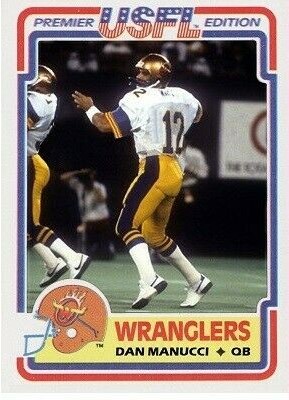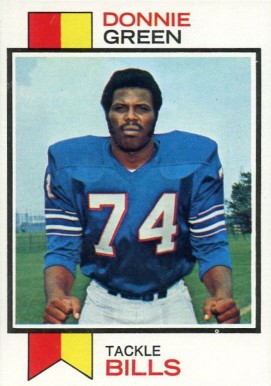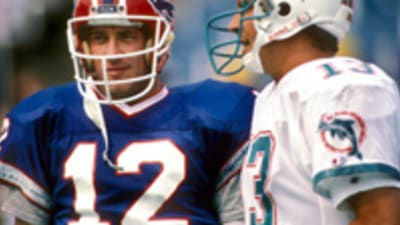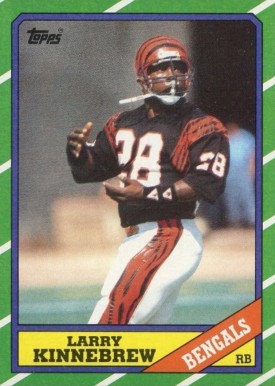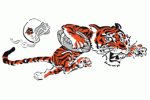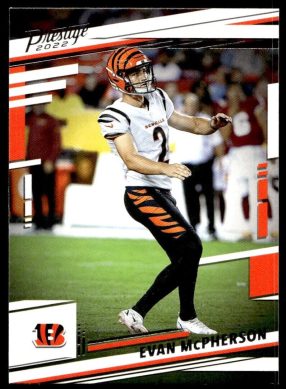In looking at the NFL’s schedule for this week, one matchup stands out. That is a meeting between the Kansas City Chiefs and Cincinnati Bengals. For our Throwback Thursday feature, we need only go back a couple of seasons, to the AFC Championship game for 2021, played at Arrowhead Stadium on January 30, 2022, between these 2 teams. The Chiefs were defending AFC champs, coming off a divisional round win in an epic game versus Buffalo, and were seeking their third consecutive trip to the Super Bowl. Cincinnati, behind their young quarterback Joe Burrow, was a bit of a surprise to reach this game. Kansas City, especially on offense, was on a roll having scored 42 points in each of their playoff victories, and entered the game favored to win.
It appeared it was going to be a mismatch as the much more seasoned Chiefs dominated most of the first half. Patrick Mahomes threw a 10 yard touchdown pass to Tyreek Hill to open the scoring, with the only other first quarter points coming on a Bengal field goal by Evan McPherson. The Chiefs then looked like they were on their way to a decisive win as Mahomes found his favorite target, tight end Travis Kelce, for a 5 yard touchdown, then tossed another, a 3 yarder to Mecole Hardman, to put his club up 21-3. K.C. drove down the field again and it looked like they were going to salt away this win early, but after failing to score on the first 3 downs, coach Andy Reid got a bit cocky and decided to go for the touchdown on fourth down instead of taking the sure points on a field goal. Cinci held, and it turned out to be a bit of a momentum shift. Burrow guided his team to a score before the half ended, hitting Samaje Perine with a 41 yard TD pass to cut the deficit to a more manageable 21-10.
Slowly but surely the Bengals clawed their way back into the game in the second half. Another field goal and a short 2 yard Burrow to Ja’Marr Chase touchdown pass cut the Chiefs’ lead to 21-19, and when Burrow connected with Trent Taylor for a successful 2 point conversion, the game was tied. The Arrowhead crowd watched in shock as the Bengals finally took the lead in the fourth quarter with another field goal, but breathed a sigh of relief as Mahomes and company, shut out for the entire second half, regrouped to get a tying three-pointer from Harrison Butker as time expired to force overtime. For the second week in a row the Chiefs won the OT coin toss and took the ball. After leading an amazing game-winning drive against the Bills, Mahomes would get another chance to shine. It wasn’t to be this week, however. Mahomes was intercepted by Vonn Bell on the third play from scrimmage, setting up McPherson for the winning field goal and an improbable 27-24 Cincinnati win. The young Bengals had calmly overcome an 18 point deficit, taking advantage of some complacency and perhaps outright cockiness, of the Chiefs.
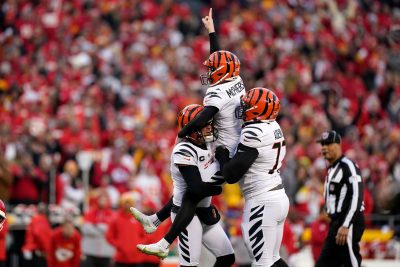
McPherson celebrates the winning kick
